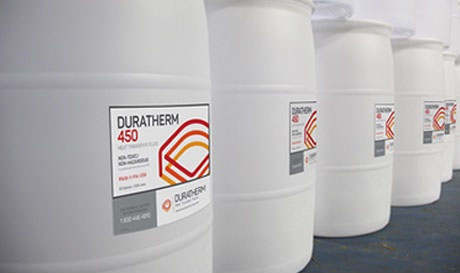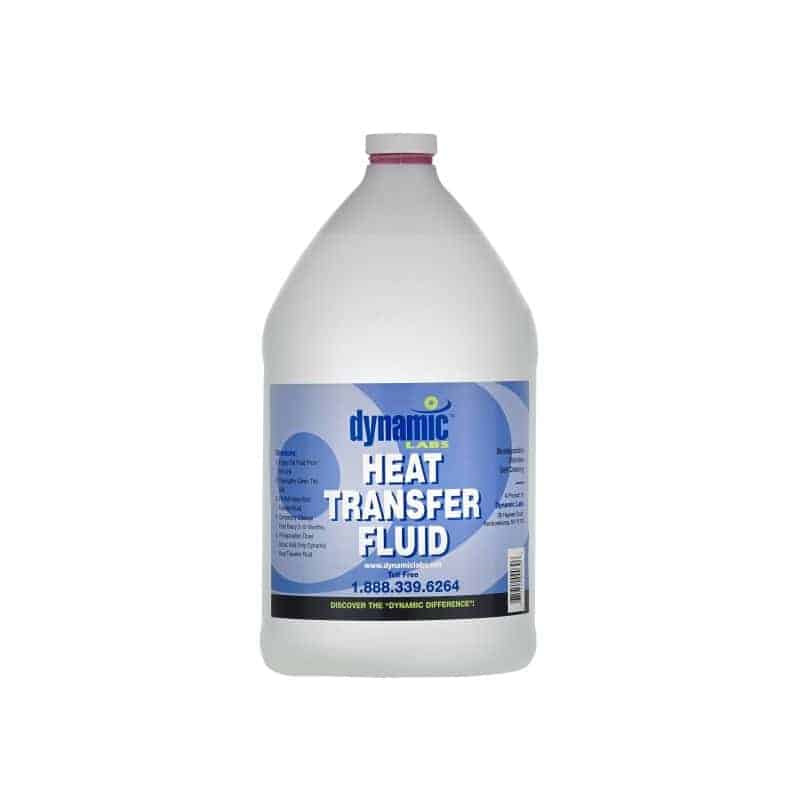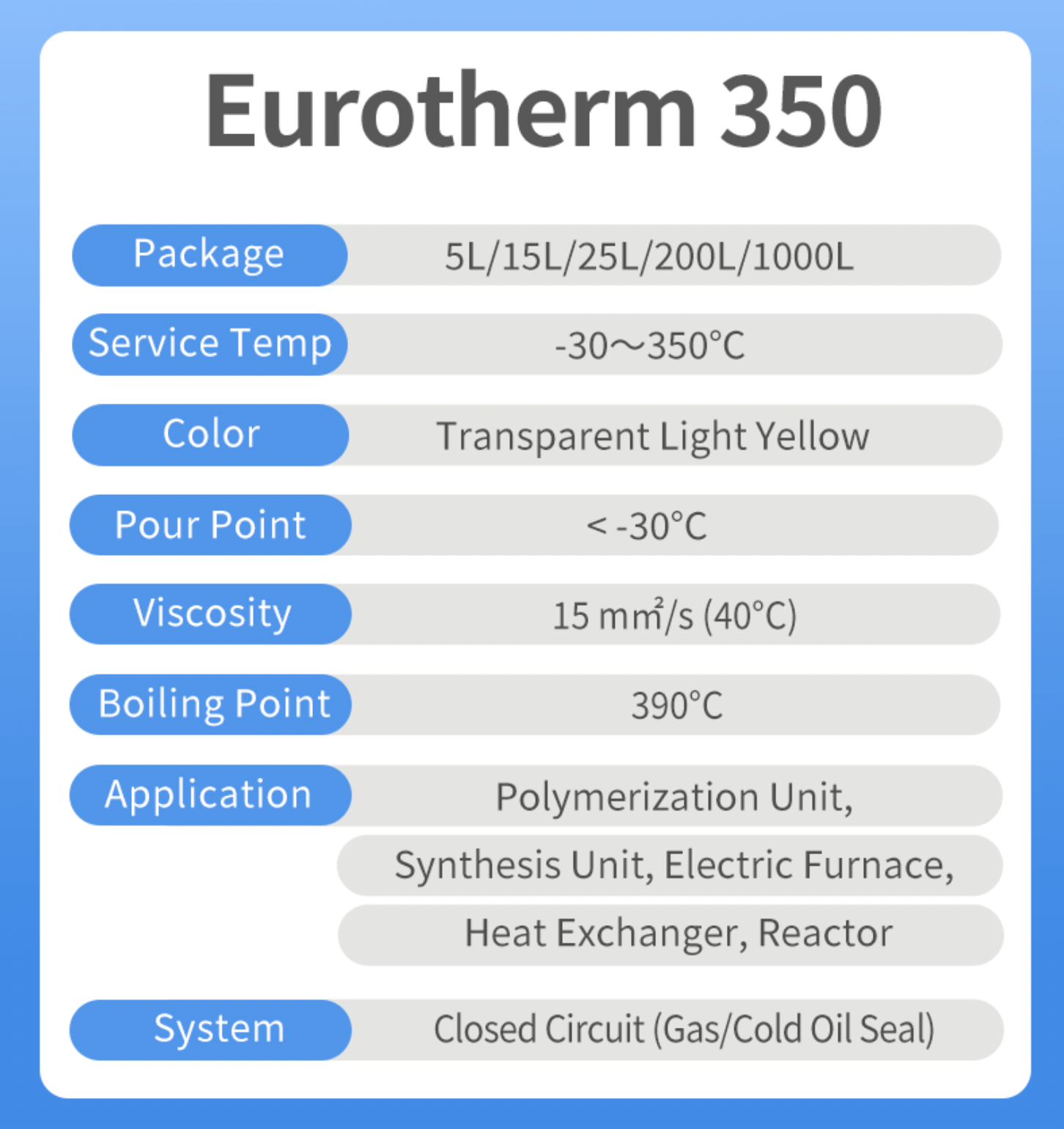The Duty of Heat Transfer Liquid in Enhancing System Efficiency and Safety
In the ever-evolving landscape of industrial processes, warmth transfer fluids (HTFs) emerge as critical elements in enhancing both system performance and security. These specialized fluids, known for their superior thermal conductivity and controlled thickness, enable efficient heat exchange, which is important for streamlined operations.
Recognizing Warm Transfer Fluids
Heat transfer liquids, typically considered the lifeblood of thermal monitoring systems, play an essential role in controling temperature level across different commercial applications - heat transfer fluid. Industries such as chemical processing, power generation, and manufacturing count on warmth transfer fluids to make sure tools runs efficiently and safely.
The option of an appropriate warm transfer liquid is critical to the success of a thermal administration system. Comprehending the nature and feature of these fluids involves acknowledging their capacity to soak up, transport, and release warm power properly. Heat transfer fluids can be generally classified right into various kinds, consisting of water-based, glycol-based, and synthetic oils, each with its particular applications and advantages. The option of liquid relies on elements such as temperature level array, thermal security, and compatibility with system products. In recap, a comprehensive understanding of heat transfer fluids is important for enhancing system performance, making sure functional safety and security, and attaining cost-effective thermal management services.
Secret Residence of HTFs

The particular warmth capacity of an HTF marks the amount of heat called for to alter its temperature level, affecting how successfully the system can respond to temperature level variations. The boiling and freezing factors of HTFs additionally play an essential role, particularly in systems exposed to extreme temperature levels, making sure liquid stability and protecting against phase adjustments during procedure. Furthermore, the chemical stability of HTFs under varying thermal conditions is vital to avoid degradation and prolong fluid life. Lastly, compatibility with system materials is required to prevent deterioration and product degradation, making sure long-term operational integrity. These homes jointly educate the selection of an appropriate HTF for certain commercial applications.
Enhancing System Efficiency
To enhance system efficiency with heat transfer fluids (HTFs), it is vital to integrate a thorough technique that considers both liquid residential properties and system design. The option of a suitable HTF is pivotal, as its thermal conductivity, thickness, and specific warm capacity directly affect the effectiveness of heat exchange.
Similarly vital is the design of the heat transfer system itself. The surface area and material of heat exchangers ought to be optimized to optimize warmth transfer performance.
Boosting Operational Safety And Security
Making certain functional security in warmth transfer systems calls for a thorough concentrate on both the homes of warm transfer liquids (HTFs) and the design and maintenance of the entire system. HTFs need to possess thermal security, low flammability, and appropriate thickness to lessen dangers such as leaks, fires, and system malfunctions. Selecting the right HTF is crucial as it determines the system's capacity to manage temperature fluctuations without compromising safety and security.
The layout of the system ought to incorporate redundancies and fail-safes to manage possible dangers effectively. This includes the assimilation of security shutoffs, stress relief tools, and temperature level tracking systems to spot and address abnormalities quickly. Regular upkeep is critical to make sure that all Full Report components, consisting of pumps, pipes, and seals, are functioning properly and are totally free from wear or corrosion, which might lead to unsafe leaks or failings.
Moreover, personnel accountable for the operation and upkeep of warm transfer systems must be adequately educated in safety and security methods and emergency feedback procedures. Constant training programs and safety drills can dramatically decrease the chance of crashes, making certain a safer working atmosphere. Ultimately, a detailed strategy to safety-- including liquid selection, system style, and labor force training-- is essential for optimum functional protection.
Industry Applications of HTFs
Commonly made use of throughout various industries, warmth transfer liquids (HTFs) play an important duty in enhancing the effectiveness and dependability of thermal monitoring systems. In the chemical sector, HTFs are important for preserving exact temperature levels throughout responses, ensuring product consistency and high quality. They assist in warmth exchange procedures in activators, condensers, and warmth exchangers, thereby enhancing power usage and decreasing waste.
In the oil and gas market, HTFs are used in both upstream and downstream operations. They manage temperature in drilling operations and improve efficiency in refining processes by providing stable thermal conditions. This causes lowered downtime and boosted safety and security, specifically in critical operations such as purification and fracturing.
The eco-friendly power market likewise Check This Out profits significantly from HTFs, especially in concentrated solar power (CSP) plants. Here, HTFs move recorded solar power to power wind turbines, allowing efficient electrical power generation. The pharmaceutical industry counts on HTFs for specific temperature control in both synthesis and storage, ensuring item effectiveness and safety.


In addition, the food and drink industry makes use of HTFs for pasteurization, sterilization, and cooking procedures, improving both item directory safety and manufacturing effectiveness. Across these markets, HTFs function as indispensable parts in preserving optimum operational efficiency and security.
Verdict
Warm transfer liquids are vital in improving commercial system efficiency and security by supplying high thermal conductivity, ideal thickness, and thermal stability. Correct selection and upkeep of HTFs boost warm exchange performance, thus improving operational effectiveness. The reduced flammability of these fluids is important for lessening dangers and making sure risk-free operations. Comprehensive employees training and normal upkeep better support the reliability and effectiveness of industrial procedures, strengthening the crucial role of HTFs in varied applications.